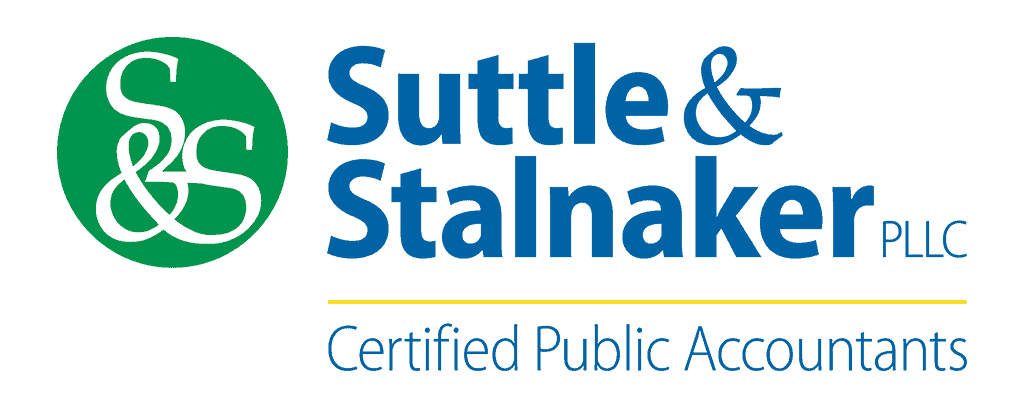The $1.9 trillion COVID-19 relief bill enacted on March 11, 2021, the American Rescue Plan Act of 2021 (ARP), established a $28.6 billion Restaurant Revitalization Fund (RRF), which will be administered by the Small Business Administration (SBA).
Funding for the New Program
Of the $28.6 billion set aside for the RRF, $23.6 billion is available for the SBA to award in an equitable manner to restaurant businesses of different sizes based on annual gross receipts with the remaining $5 billion being set aside for businesses that had 2019 gross receipts of not more than $500,000.
Eligible Businesses
Participation in the RRF is available to restaurants and a broad range of other food- and drink-related businesses, including bars, food stands, food trucks, food carts, caterers, saloons, inns, taverns, lounges, brewpubs, tasting rooms, taprooms, and any licensed facility or premises of a beverage alcohol producer where the public may taste, sample, or purchase products. It is also available to other similar places of business in which the public or patrons assemble for the primary purpose of being served food or drink.
Businesses operated by state or local governments, publicly traded companies, or entities that are part of an affiliated group with more than 20 locations as of March 13, 2020, are not permitted to participate in the program. Additionally, businesses that are seeking or have received a grant under the Shuttered Venue Operators Grant Program (SVP) are not eligible to receive a grant under the RRF.
To receive a grant, eligible entities must certify as follows:
- The uncertainty of current economic conditions makes necessary the grant request to support the ongoing operations of the eligible entity.
- The eligible entity has not applied for or received a grant under Section 324 of the Economic Aid to Hard-Hit Small Businesses, Nonprofits, and Venues Act.
Grant Amounts
An eligible business may receive grants equal to the amount of its pandemic-related revenue loss. This amount can be calculated by subtracting the business’s 2020 gross receipts from its 2019 gross receipts. However, grants are capped at $10 million per entity or $5 million per physical location, and any grant that is awarded based on estimated receipts that turn out to exceed the grantee’s actual receipts in 2020 will be required to be returned. Similarly, if an eligible entity receives a grant under the RRF and fails to use all grant funds or permanently ceases operations, the entity must return any funds that were not used for the permissible expenses discussed below within the time permitted. Grants would also be reduced by any amounts a business received through the Paycheck Protection Program (PPP).
Eligible Expenses
The RRF specifies permissible expenses for which applicants may use the grants, a list that closely resembles, but is broader than, the eligible expenses under the PPP. Specifically, eligible expenses under the RRF include the following:
- Payroll costs
- Payments of principal or interest on any mortgage obligation
- Rent payments, including rent under a lease agreement
- Utilities
- Maintenance
- Supplies, including protective equipment and cleaning materials
- Outdoor dining construction costs
- Covered supplier costs (as defined pursuant to the PPP)
- Operational expenses
- Paid sick leave
- Any other expenses that the SBA determines to be essential to maintaining the eligible entity
Application Process
The RRF will be administered by the SBA, and eligible businesses may apply for grants on the SBA’s website. The SBA has yet to announce when the SBA will open the RRF to grant applications, but the application process may commence within the next few weeks.
Priority of Grant Awards
During an initial 21-day period, the SBA will prioritize awarding grants to small business concerns that are owned and controlled by women, veterans, or socially and economically disadvantaged small business concerns. For the first 60 days following the RRF’s enactment, $5 billion would be set aside for eligible entities with gross revenue of $500,000 or less in 2019. Other grant funds will be awarded on a first-come, first-served basis. Business may use grant funds through December 31, 2021, but no later than a date set by the SBA within two years of March 11, 2021.
